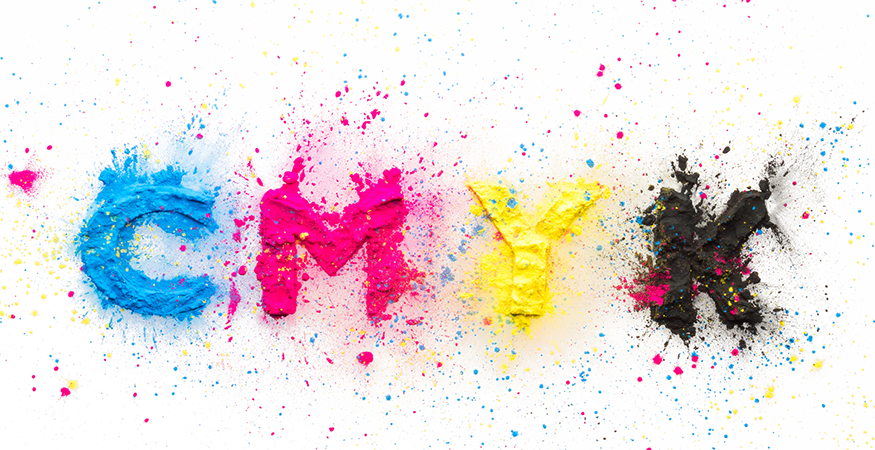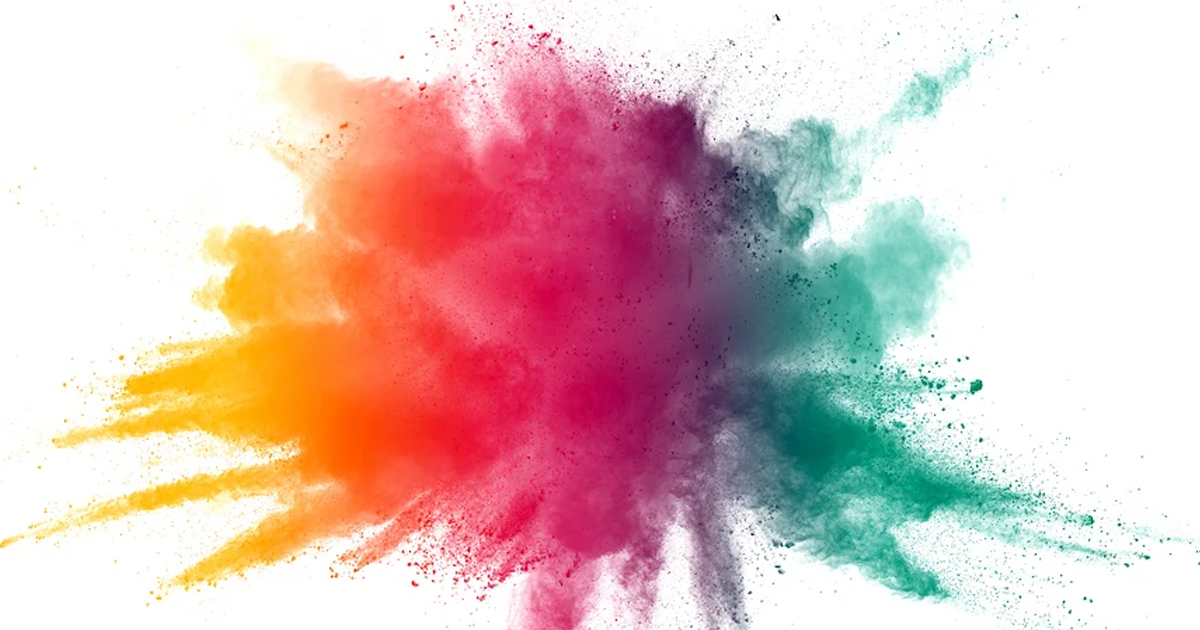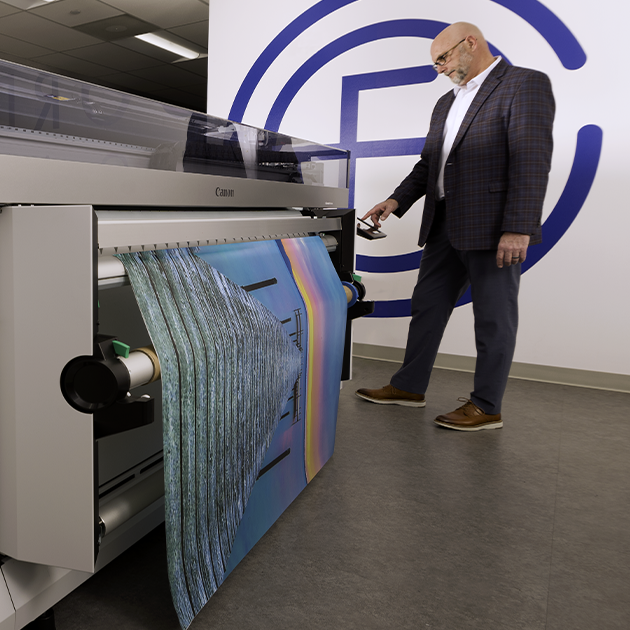Ink is perhaps among the oldest known human inventions. It’s been used on cave walls, written on papyrus, made Gutenberg’s Bible possible and printed all the documents, books and papers sitting on your desk right now.
Of course, there’s also toner. However, to many, the difference between toner vs. ink is probably a mystery. Here’s everything you need to know about what they are, how they get from the cartridge to the paper and how to minimize waste and save money.
WHAT IS PRINTER INK?
For starters, printer ink is a liquid used in inkjet printers. Early inks were made with carbon soot from fires, while Chinese inks dating back to 256 BC were made from fish glue or squid ink. The ink in your desktop printer is made from a mixture of water, dyes or pigments and chemicals that is sprayed onto a page. (The additives give ink shine and fade-resistance, as well as helping it adhere to paper.)
The base ingredient of printer ink is usually oil; either linseed oil, soybean oil, or a petroleum-based oil. Inkjet cartridges for printers uses the CMYK system: cyan, magenta, yellow and black.
Colored inks are made with dyes and compounds like peacock blue, yellow lake, diarylide orange and phthalocyanine green. The shade is adjusted through the addition of white pigments, such as titanium dioxide. Dye-based inks are prone to smudging and fading.
WHAT IS PRINTER TONER?
Unlike ink, printer toner is a fine powder that is typically used in laser printers, photocopiers and multifunction printers. Each printer brand will have its own formulations but, in general, toner is composed of finely ground plastic, silica and various organic compounds like iron, chromium and zinc.
The use of toner results in better print quality and much faster printing, making toner-based printers more suitable for business and commercial applications with high volumes. Plus, toner cartridges won’t dry out like ink cartridges. Though it may not seem like it initially, toner cartridges are more cost effective than ink cartridges in the long run.
Printer toner colors also use the CMYK system. When the primary colors of C, M or Y are combined, printers can create the whole spectrum of color. Mixing all three gives an imperfect black or a perfect grey. We recommend avoiding printers that use all-in-one tri-color toner cartridges; you waste ink when only one color runs out, but you must replace the whole cartridge.
RELATED ARTICLE: How to Print the Right Colors
HOW TONER VS. INK ADHERES TO PAPER
So how does ink work in a modern printer? In an inkjet printer, the print cartridges consist of a series of tiny chambers, each containing a heating element. An electrical current heats up the element, which causes ink to bubble within the chamber. The increase in pressure propels or sprays a droplet of ink onto the paper from the appropriate chamber.
Instead of being sprayed onto a page, toner is released onto paper and fused using heat and an electrostatic charge. In a laser printer model, a laser beam scans back and forth across a drum inside the printer, creating agitation and building up a pattern of static electricity. The laser creates areas of negative charge wherever toner powder should be applied. The toner has a positive electrical charge, so it can be fused to the parts of the photoreceptor drum that have a negative charge.
Since plastic melts at a very low temperature, the combination of heat and pressure from the roller causes it to adhere easily.
TIPS TO REDUCE INK AND TONER WASTE
Ink is not a precious commodity, but it does pay to avoid wasting it. Over and over again, we see ink cartridges dry out due to infrequent use. You can run ink tests to prevent ink cartridges from drying out and/or becoming clogged. Choosing a different print mode can also save you money.
Whether an inkjet or laser printer, the print window that pops up on your computer screen has several options available. Look for "draft," "grayscale" or other options that use less ink. Reserve the best printing for final copies and items being presented in professional settings. There's no need to waste ink on an internal copy that ends up in a file or trash bin.
For more tips on reducing printing, check out our related article.
DID YOU KNOW? Some fonts consume more ink than others. For example, Times New Roman, Courier, and Garamond use less ink and toner than Arial.
TONER AND INK CARTRIDGE RECYCLING OPTIONS
Astonishingly, approximately 375 million printer cartridges end up in landfills every year, and they can take up to 1,000 years to decompose. But you can do your part to minimize this unnecessary waste. Once your printer cartridge is empty, recycle it; recycled ink cartridges can be made like new again. All the major printer manufacturers have easy cartridge recycling programs allowing you to ship your empties back at no cost.
RELATED: Find the Gordon Flesch Company recycling program here.
In addition, it is possible to have ink delivered “just in time,” or only when a machine reports it is running low. With this kind of service, you never have piles of unused toner in a closet somewhere.
If your business needs toner and ink services or if you have any questions about this or any other print-related issues, please reach out to the print experts at the Gordon Flesch Company or request a free print assessment.
Take a few minutes to learn more about how Managed Print Services can help you rein in print costs and overcome print challenges in our complimentary guide to Managed Print below.










